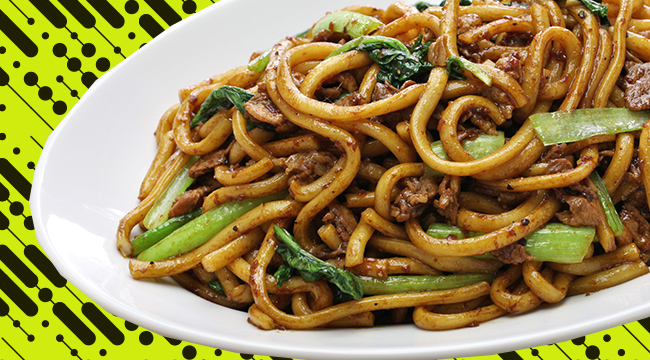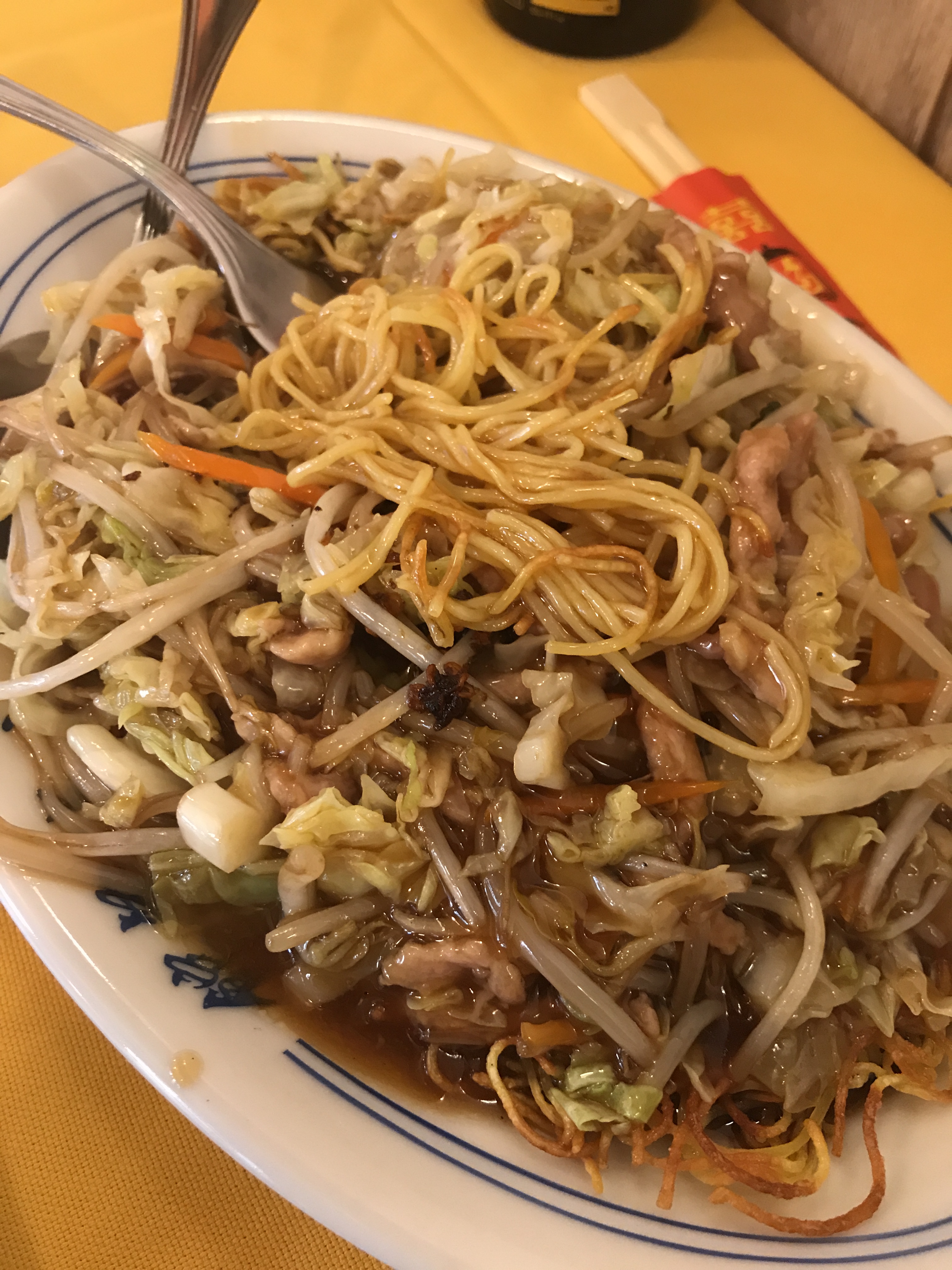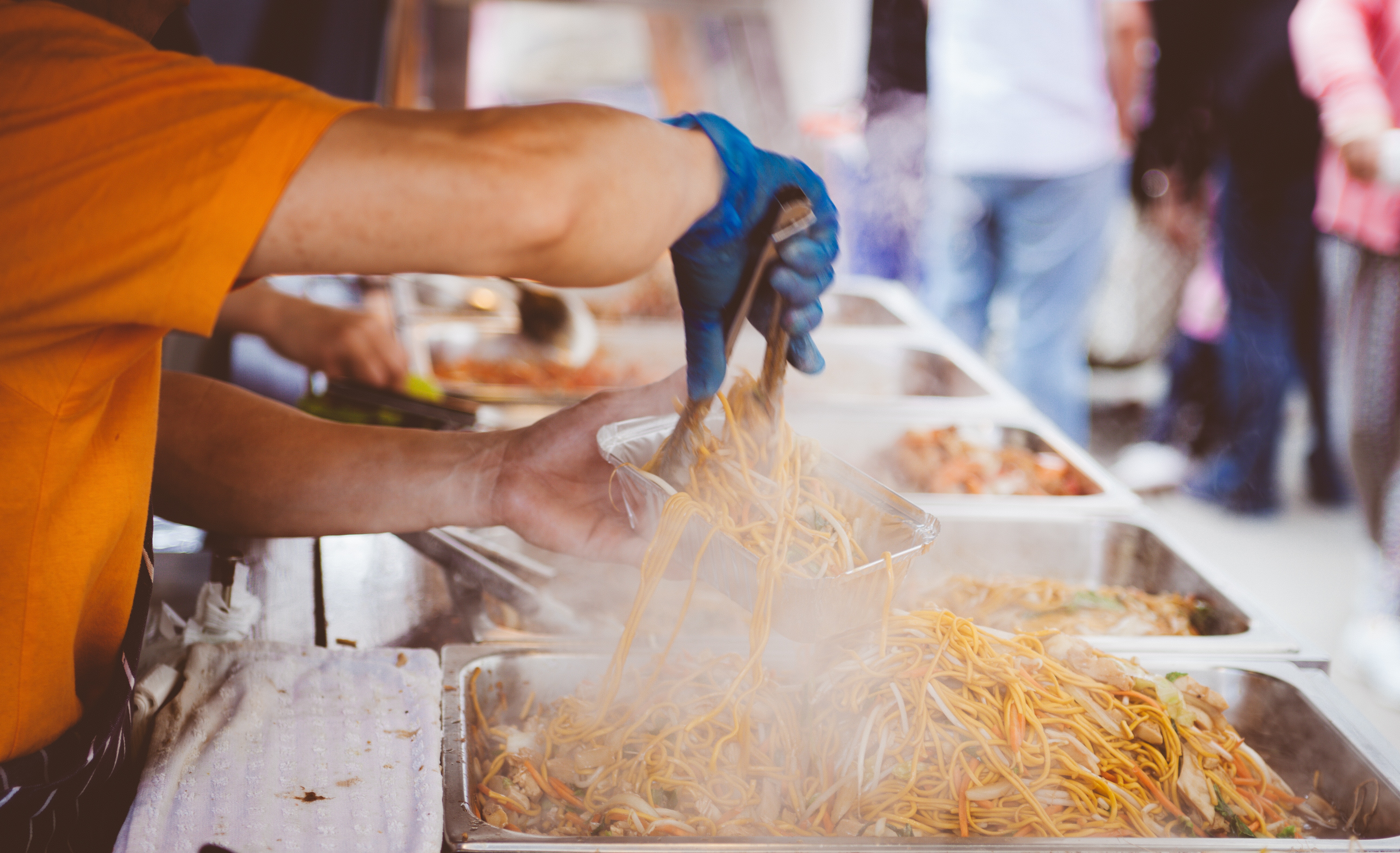
Last month, I spent two weeks touring the Emilia Romagna region of Italy. The area—encompassing the cities of Bologna, Parma, and Modena—is called the “food valley” and is famous for its abundance of regionally designated products like Prosciutto de Parma, Aceto Balsamico di Modena, and, most famously, Parmigianino Reggiano.
Since I was in the country to sample these products, I focused all my meals on them. And reader, I mean all. I ate breakfast lunch and dinner that featured one of those three ingredients for 13 days straight. Since the area is also famous for tortellini, in general, and a dish called tortellini en brodo (in broth), in specific, those little morsels of deliciousness also featured heavily in my menu. No lie, I ate tortellini 18 times in two weeks. That doesn’t include all the tortelli, torteloni, and agnolotti that I wolfed down.
The point is: On my summer vacation, I ate a lot of pasta. So when I got to Milan—outside of the region I was sent to research, without the time to dive into the local food scene, and having already returned my rental car—I decided, “You know what? I’m going to pass on Italian food today.”
I was curious what Milan might have on hand—just as I’m always intrigued about international options outside the United States, in countries where local food is the nine-times-out-of-ten default. So I wandered the streets looking for… something else. Anything really.
After a few minutes, with my hunger increasing rapidly, I spotted a Chinese restaurant. It was a refuge from the North Italian fare that is my heritage and my one true love but which my eclectic Americanized palate had somehow managed to overdose on.
Suddenly starving, I burst through the double doors like the man in that impossible-to-solve “albatross” riddle—panting and eager to be relieved of my burden (which in this case was simply being hungry in Italy and not wanting pasta). I sat and opened a menu that I had no hopes of understanding in Cantonese and only marginal hopes of ferreting meaning from in Italian. I scanned a few pages before seeing two words I could make sense of. Twinkling diamonds, gleaming up at me, refracting a warm and comforting light that immediately calmed my hunger pangs: Chow Mein.
I was flooded with joy. Sure Chow Mein is technically pasta (and predates Italian pasta), but it didn’t matter. The flavor profile is different. It was the change I needed. I ordered it immediately (with pork, obviously, because I have taste buds). And let me tell you: It. Was. Exquisite.

The noodles had been pan-fried until slightly crispy, as the dish is traditionally served in Hong Kong. There was a certain gelatinous slickness to the vegetables—a sign that animal fat is being rendered off in either a broth or while sautéing. There were bean sprouts and cabbage and carrots and spring onions, all left raw enough to have some bite to them.
After dousing my dish in chili oil, I decided, between bites, to check Trip Advisor. The restaurant had okay reviews. Just a hair above middling. It’s not a place people track down when they hit Milan. It’s not, to paraphrase Bill Bryson, where chefs go to share their knowledge of 5,000 years of Chinese culinary tradition. But it was absolutely, unarguably a fantastic chow mien.
A half hour later, I headed back into the fray, my palate refreshed. And though this trip was the greatest culinary adventure of my life, and though I remember so many meals from my time in Italy, that chow mein was not lost on me. I think about it a lot.
I have a similar story from Tahiti, where chow mein has become a sort of de facto national dish for anyone seeking inexpensive and delicious food on a very expensive island. Every night in Papeete, a dozen food trucks (called Les Roulottes) pop up to feed the “not able to afford a French bistro or resort restaurant” masses. They all serve chow mein. They are all magnificent.
It’s these two experiences—plus my history of scoring superb chow mein in Wichita on book tour when the restaurant that the hotel recommended to me was, for real, a Sonic drive-thru; in Montreal at 3am without any advisement or encouragement other than a neon “open” sign; as a five-year-old growing up in Oregon City, Oregon who had never eaten Chinese food before and struggled to navigate the menu; at a godforsaken Panda Express in the Denver Airport, when I had no real choice but to eat there and didn’t want that sugar-coated chicken that people (wrongly) lose their minds over; and, finally, in Hong Kong itself, where the dish most resembles its American incarnation—that leaves me with the following conclusion: wherever you go on this planet of ours, when local food won’t do, always order the chow mein.
This is a very specific theory to have and probably not something you’ve spent years troubling over, but it’s a handy thing to know. Chow mein is literally everywhere. Whether it’s because you’re in a foreign country and tapped out on the local fare, in a food desert in Omaha, or actually in China, it’s as sure a bet as you can ever possibly hope to find on a menu. Its “blatantly screwed up” to “tastes pretty darn good” to “absolutely exquisite”-ratio is rivaled on this earth only by pizza.

Yes, I absolutely understand that chow mien is one tiny part of a massively diverse foodway; a single star in the Hong Kong constellation of the Chinese food galaxy. And of course chow mein isn’t always authentic and many restaurants mix Chinese culinary styles at random. And I also get that ordering this in Chinese restaurants from Milan to Minsk is sort of white boy-basic (because it’s a dish that lends itself to the palate of Western diners who didn’t grow up in Chinese households). But to deny chow mein its rightful title is to diminish what a cool role the dish plays. It’s a world ambassador. A gateway food that leads to experimentation and a broadening palate, like pizza, gyros, pad Thai, and kebab.
We (as humans roaming the world) are lucky to have this superb dish available just about wherever we go. It protects us from catastrophic pasta in Mexico’s resort towns or lonely sandwiches in lonely Floridian backwaters. It’s a savior in Albuquerque when we’re over hatch chilies, San Diego when we can’t do another fish taco, and Cleveland when one more pirogue would leave us more disheartened than satisfied. Chow mein is a testament to globalism, the massive reach of Chinese cooking, and the movement of people and foods around the world all at once. It’s a food that has adapted to different environments and yet always-freaking-works.
So here’s my sage advice, my own version of “wear sunscreen”: The next time you’re in a far-off land, longing to switch things up, and eager to push in your chips on a dish that’s sure to be tasty, order the chow mein. It will recharge your vagabonding soul and you’ll leave with the sort of buzz that only an internationally-beloved comfort food laden with MSG can offer. Both major wins in my book.






